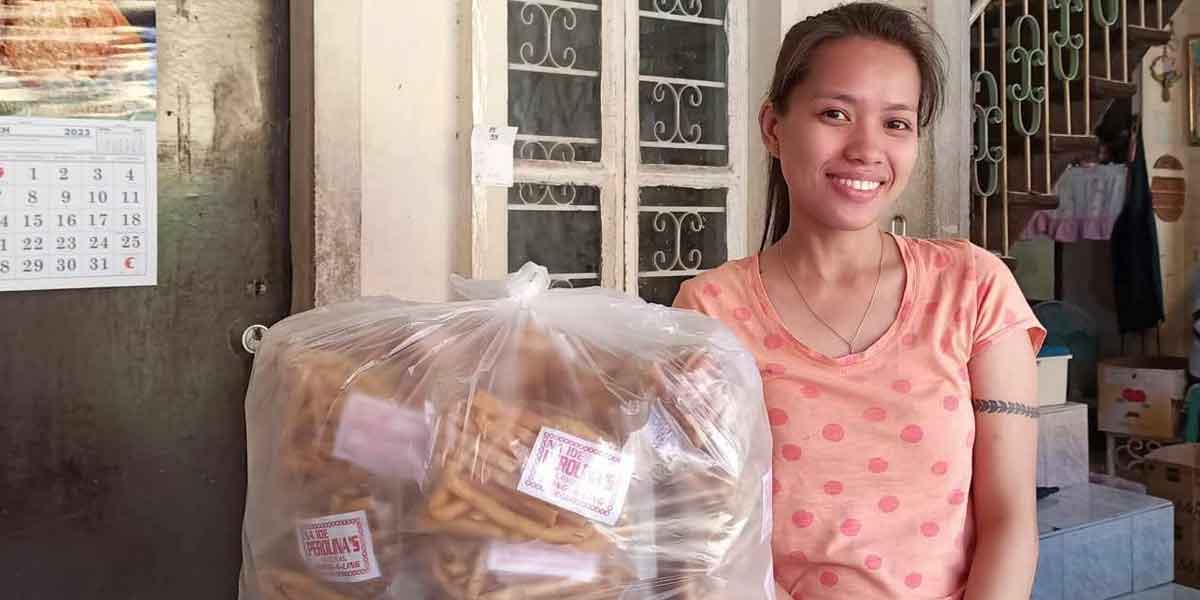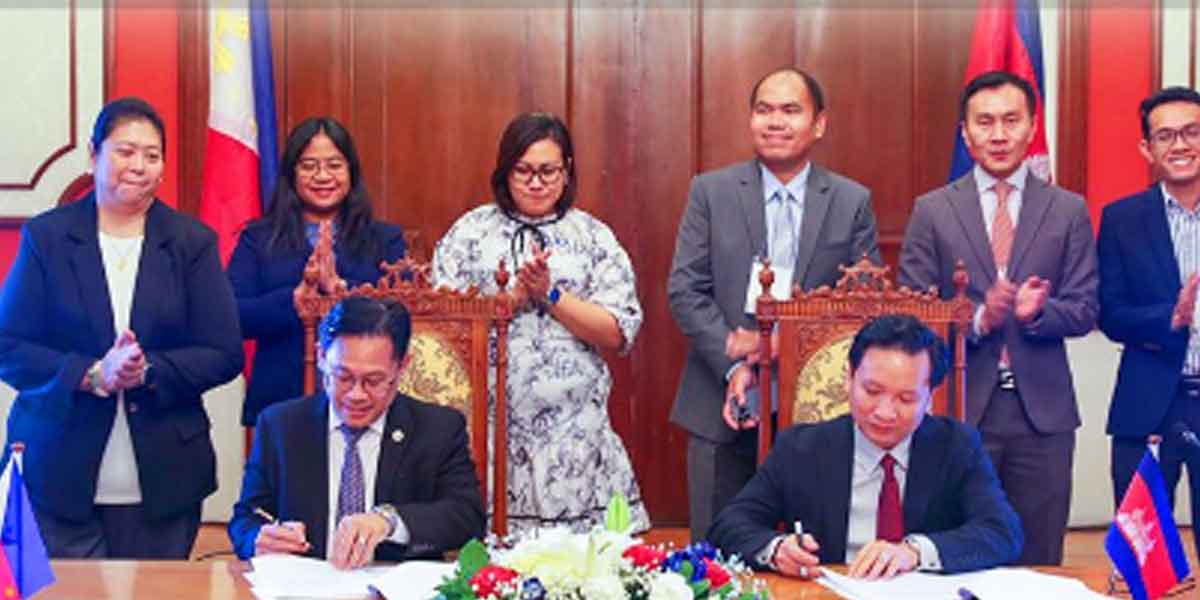By Artchil B. Fernandez
One unique feature of the 2022 election is the upending way public sentiment is gauged during the election period. In the post-EDSA era, surveys served as a good barometer of determining where the political wind blows. This seems not the case anymore in the present election season and how this came about is a story in itself.
It must be pointed out there is nothing wrong with the science of survey. Survey is a tool used by social scientists to understand social phenomenon or a particular social condition. Done with scientific rigor observing the highest scientific and ethical standard, it can yield results that lead to a better understanding of the issue or matter at hand.
However, like any human endeavor survey is subject to human error or ill-motive as well as the vagaries of the situation and social atmosphere where it is conducted.
The toxicity of the political climate in the 2022 election where lies, falsehoods and untruth dominate in an unprecedented level in the history of the country may have an impact on how surveys are done. Complicating the situation is the proliferation of kalye surveys that are done haphazardly completely ignoring or disregarding scientific rigor. The results of these pseudo-surveys are fodder for the propaganda machine of those who want to muddle the political environment and sow confusion.
Further clouding the situation is the odd predicament of the two credible survey outfits in the country, the Social Weather Station (SWS) and Pulse Asia. For the first time since it started presidential polling in the country, SWS is not periodically tracking the trajectories of national candidates due to lack of sponsor or media partner. Any news on SWS survey in the 2022 presidential election is certified fake news. This is an unfortunate development since SWS surveys usually crosscheck the Pulse Asia poll. At present Pulse Asia is without a validating partner.
The situation is not helped by limited resources of Pulse Asia forcing the survey firm to come up with few and far between poll tracking. It also pushed the survey outfit to modify its survey design. The changes cast doubt on the results of the last survey released by Pulse Asia.
In a Rappler article, Melba Padilla Magay claimed that statisticians from the University of the Philippines questioned the soundness of Pulse Asia’s “sampling and methodology.” Its president admitted that its sampling consists mostly of D and E classes which comprise 58 percent of the population.
“Class A and B, which stands at 1.1 million or 1%, was not represented at all and Class C, with 45.1 million or 41%, was reduced to a pro-ration representation of 8%. Then they added the 1% of the A-B class and the shaved 33% of the C segment to the D and E pro-ration. The proportional representation was thus: 92% from the D and E sectors, 8% from the C sector, and 0% from the A-B sector,” Magay observed.
Furthermore, Magay noted that “statisticians say that if the February survey was according to an accurate sampling based on demographic size, Marcos should have registered 50% and not 60%, and Robredo 23% and not 15%. In the latest March survey, where Robredo increased by 9% and Marcos decreased by 4%, the numbers should have been Marcos 46%, and Robredo 32%.”
Questions like the ones raised by Magay led people to notice there is disconnect between survey results and what is happening on the ground. Sociologist Randy David wrote in his Inquirer column that “those mammoth pink crowds that have materialized almost overnight in various places, in support of the presidential team of Vice President Leni Robredo and Sen. Kiko Pangilinan, appear to be saying only one thing. ‘The surveys draw a picture that doesn’t include us. Governors pledge our votes as though they belonged to them. We are here to be counted, and we choose pink.’ It is a powerful message.”
The mammoth crowd numbering as high as hundreds of thousands that spontaneously appeared in Robredo’s rallies seems to indicate there is a shift in the political ground. Thus, aside from survey, the size of crowds has become another way of sensing the prevailing political climate.
Numbers aside, the current rallies of Robredo is characterized by festive atmosphere resembling a fiesta where people came to display “their talents, their culture, creativity, basic humanity, and solidarity,” David remarked. These huge rallies also become concert venues of big showbiz personalities endorsing Robredo complete with glittering props, dazzling colored lights and the crowd danced and sang in unison.
What is happening in the rallies of Robredo is “collective effervescence,” a term coined by sociologist Emile Durkheim. “Collective effervescence is the feeling of energy and harmony when people are engaged in a shared purpose.” It can be an engine of social change Durkheim argued. Collective effervescence is that “great moments in history when a collectivity is able to achieve new and heightened level of collective exaltation that in turn can lead to great changes in the structure of society.”
In a political climate poisoned by lies and falsehoods, it is possible that understanding the tempest of the times is not only mediated through surveys and has even migrated to collective effervescence. It is not surprising that there is a silent contest among the leading contenders for staging big rallies where the size of crowd is an important criterion or metric. Survey aside, collective effervescence is another way looking at the political temperament of the public which is one unique characteristic of the 2022 election.

























